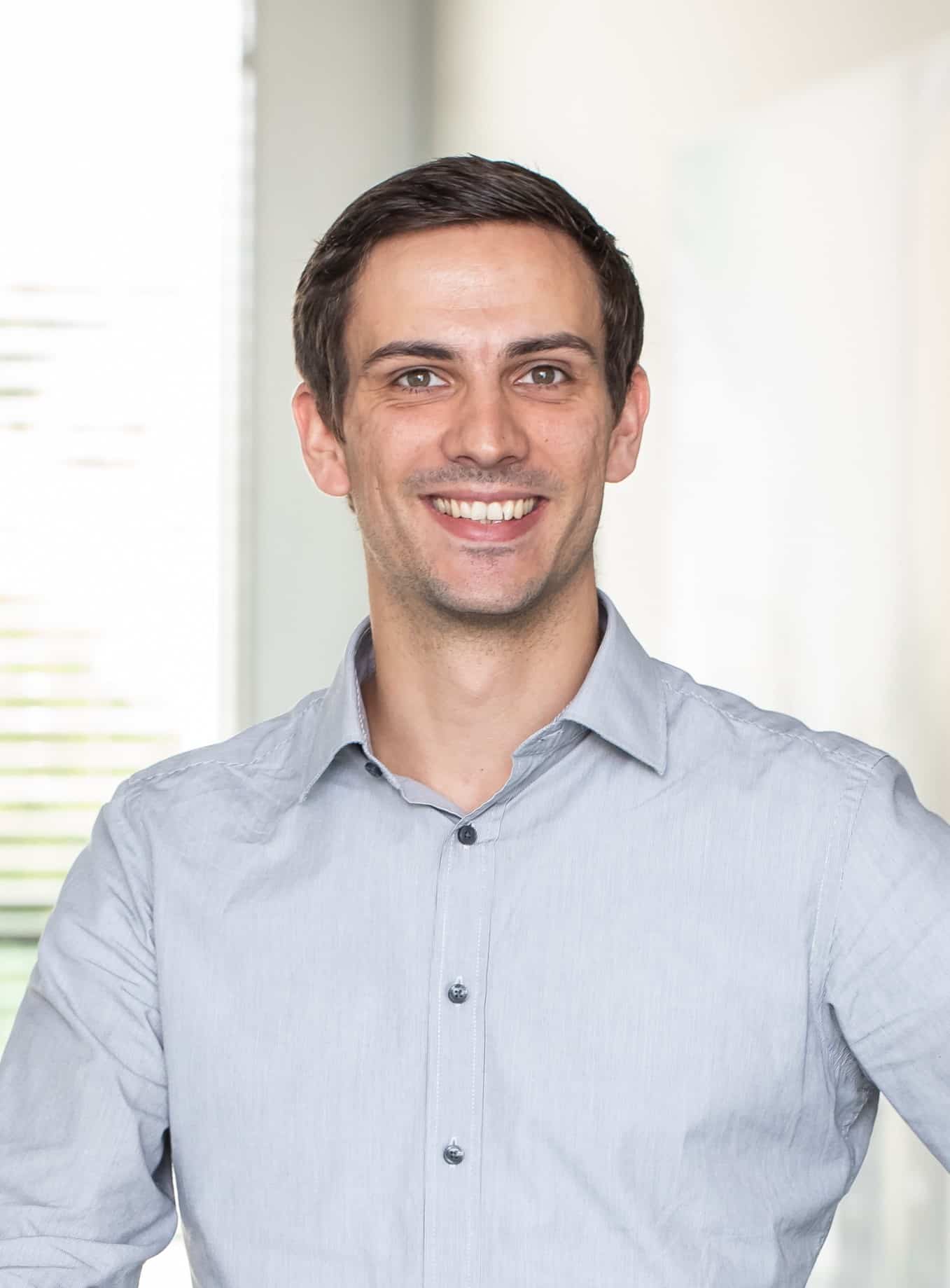
Thomas S. Asche is a project manager for digitalization at Evonik Operations GmbH.
His work covers broad topics in the area of digitalization in research and development, e.g. working on data- and physics-based modeling.
Before joining Evonik in 2017, he received a PhD for his work on modeling of inorganic-organic hybrid polymers with classical and reactive force fields, under supervision of Peter Behrens (Leibniz Universität Hannover) and Roland Faller (UC Davis). He holds a MSc in chemistry of materials and nanochemistry and a BSc in chemistry.
The future, designed by materials modeling - A specialty chemicals perspective
The specialty chemicals industry is constantly striving for innovation. However, developing new solutions is becoming increasingly challenging, increased use of sustainable materials, new feedstocks derived from recycled materials, the higher need for customized solutions, or the demand for shorter innovation times, are only just a few of the challenges that must be overcome. Additionally, the specialty chemicals industry often plays an important role in providing enabling technologies, for example supporting circular plastics ecosystems by delivering tailormade materials, additives, or functional fillers.
Digitalization i a key enabler to support the industry in these current challenges; with data- and physics-based material modelling as drivers. Materials modelling – and computational chemistry in particular – has served as a helping hand in materials innovation for a long time; but mainly as a research tool, understood and used only by a few experts per company. Commonly, the lab researcher has to overcome extreme challenges to establish modelling as a part of their research workflows.
We envision a future in which materials modelling finally evolves into a tool for the many – by enabling our (lab) researchers to make use of state-of-the-art technologies without being stopped by expert-level details. Platform approaches, validated simulation workflows, enhanced user experience, and rigid uncertainty quantification are some of the key components we identify as needs for future developments.
With this impulse presentation, we want to trigger the discussion to which extent and in which time frame this could be achieved.